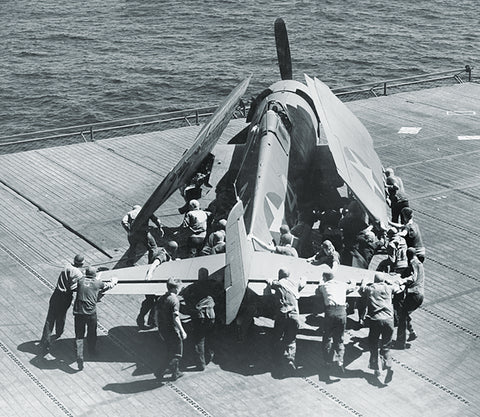
What made the Hellcat Such an Effective Zero Buster?
During the initial years of the Pacific War, Japan’s A6M Zero ruled the skies. America’s carrier-based air fleet couldn’t match the Japanese naval fighter’s speed, climb rate, or maneuverability. Enter the F6F Hellcat—Grumman’s upgraded F4F Wildcat, with heavier armor plating, a more powerful engine, greater range, and more potent guns—a sturdy and dependable single-seat carrier fighter that decidedly tipped the balance of power toward the U.S.
The Hellcat entered action in September 1943 and immediately began exploiting the Zero’s biggest weaknesses—its deficient armor and vulnerable fuel tanks. The F6F achieved unparalleled combat success, ending the war with a final kill ratio of 19:1, while 307 navy Hellcat pilots became aces with five or more victories.
The plane’s straightforward design enabled cost-effective and rapid manufacturing; Grumman built 12,275 Hellcats in just two and a half years, including a record-breaking rate of one per hour during its production peak. The fighter’s steady handling allowed pilots to quickly become proficient in the cockpit—a critical consideration as the U.S. rushed green pilots through training.
In mid-1945, the navy replaced the Hellcat with Grumman’s F8F Bearcat as its primary carrier- based fighter.
